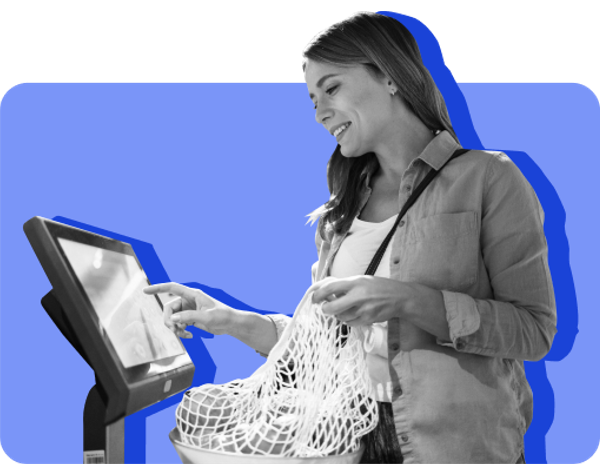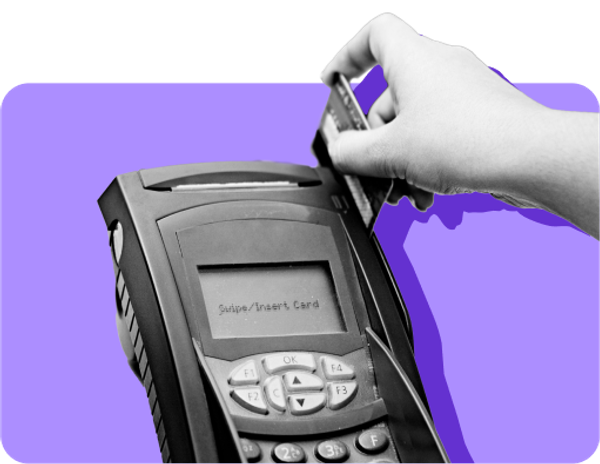Cómo encontrar un banco de alimentos

Table of contents
There’s no community in America that food insecurity doesn’t touch. But there are plenty of national organizations, local nonprofits, and community groups that offer resources when SNAP isn’t enough to get your family through the month.
Here’s how to find a food bank or other free food options near you.
Where to look for food banks near you#where-to-look-for-food-banks-near-you
Food banks may be run by local governments, community-based nonprofits, houses of worship, or national organizations, making it slightly hard to find a comprehensive list of food banks in every location.
These resources can help you get started:
- Feeding America is a nonprofit that partners with over 200 food banks across the U.S. Use its online search tool to find a food bank near you.
- United Way or 2-1-1 is a free, multilingual, and confidential human services nonprofit. You can text or call 211 to learn more about food banks and food service resources in your area.
- The Salvation Army has a network of food banks across the country. Use its search tool to find resources in your area, including food delivery and mobile food banks.
- SNAP offices can help too. If you qualify for food stamps, you can reach out to your local SNAP office and ask about food banks near you.
- State food bank directories may list some smaller, local food banks not included in Feeding America partner networks. To find your state directory, search “food bank directory” plus your state or city name.
- Community centers, senior centers, and faith-based organizations often have smaller, pop-up-style food banks on-site. Call or visit these locations to learn more—start with churches, temples, and mosques closest to you.
- Community bulletin boards or local social media accounts may share one-time, pop-up, or smaller food banks and food distribution programs in your area.
- University food banks can have resources for students. If you’re a student facing food insecurity, many colleges have food banks on campus to help meet student needs. These food banks are typically available only for students and may require a campus ID for entry.
- Local food distribution programs are collective, loose-knit, and independent organizations that typically offer distributions in different locations across communities on various days of the week. These organizations aim to help the community and reduce food waste by providing food to anyone, no questions asked. You don’t usually need to do anything extra to qualify for food distribution or food waste reduction programs.
- Community fridges are maintained by local volunteers in cities across the U.S., and they’re free and available for whoever needs them, but they may not be consistently stocked. Search for community fridges in your neighborhood online or ask in local groups on social media to find one close to you.
Qualifying for a food bank#qualifying-for-a-food-bank
Eligibility for a food bank varies by organization and location. You might be asked to provide some of the following to meet the criteria requirements, although some food banks don’t ask for anything at all
- Proof of income, including pay stubs, tax returns, or other documentation that shows monthly or annual income.
- Proof of residency, some food banks are reserved for community members only. Bring a government-issued ID, a recent bill, or a bank statement with your address on it.
- Intake session or interview. Some food banks will require a meeting with a staff member to fill out an application and conduct a short interview before you can use the food bank.
Other factors, like federal poverty guidelines and household size can influence food bank eligibility, or the amount you’re allowed to take during each visit—but some food banks don’t have any eligibility requirements at all.







